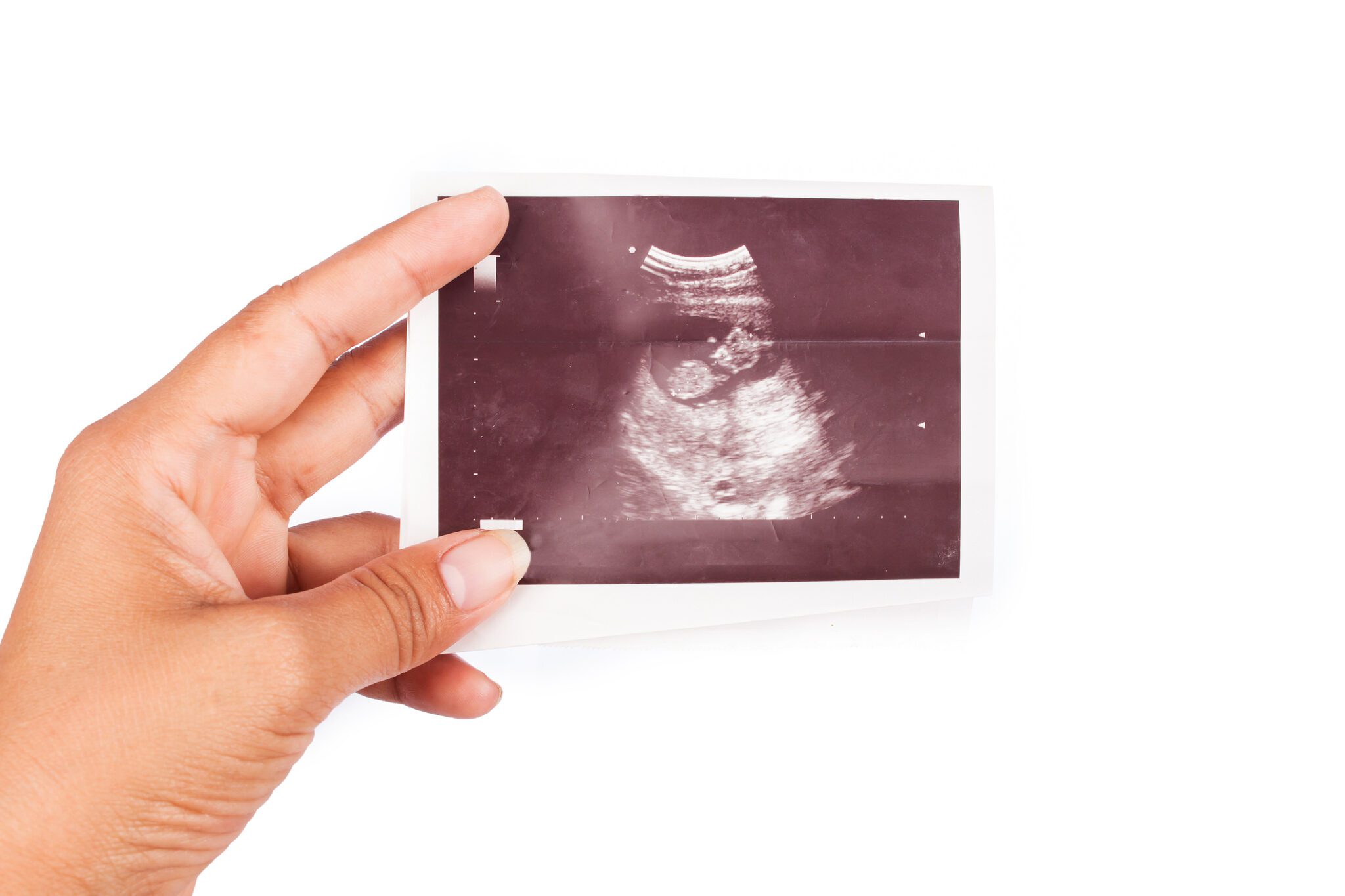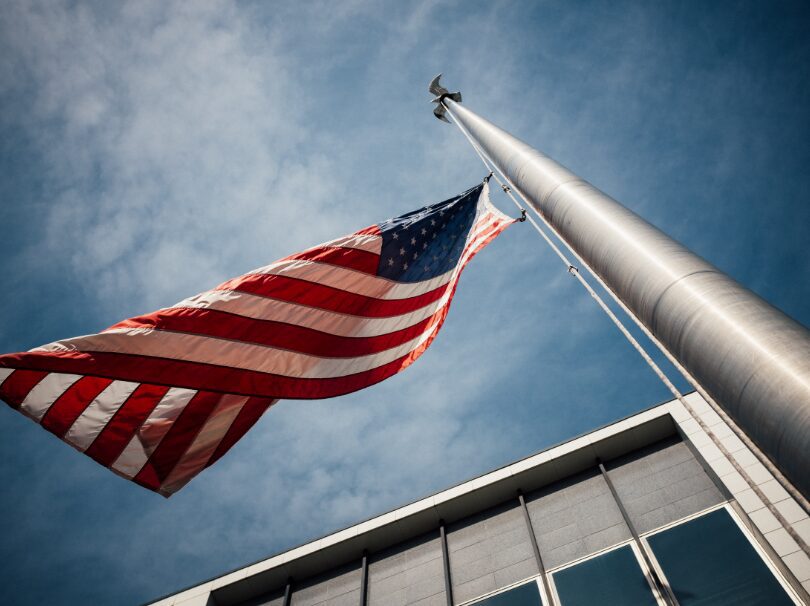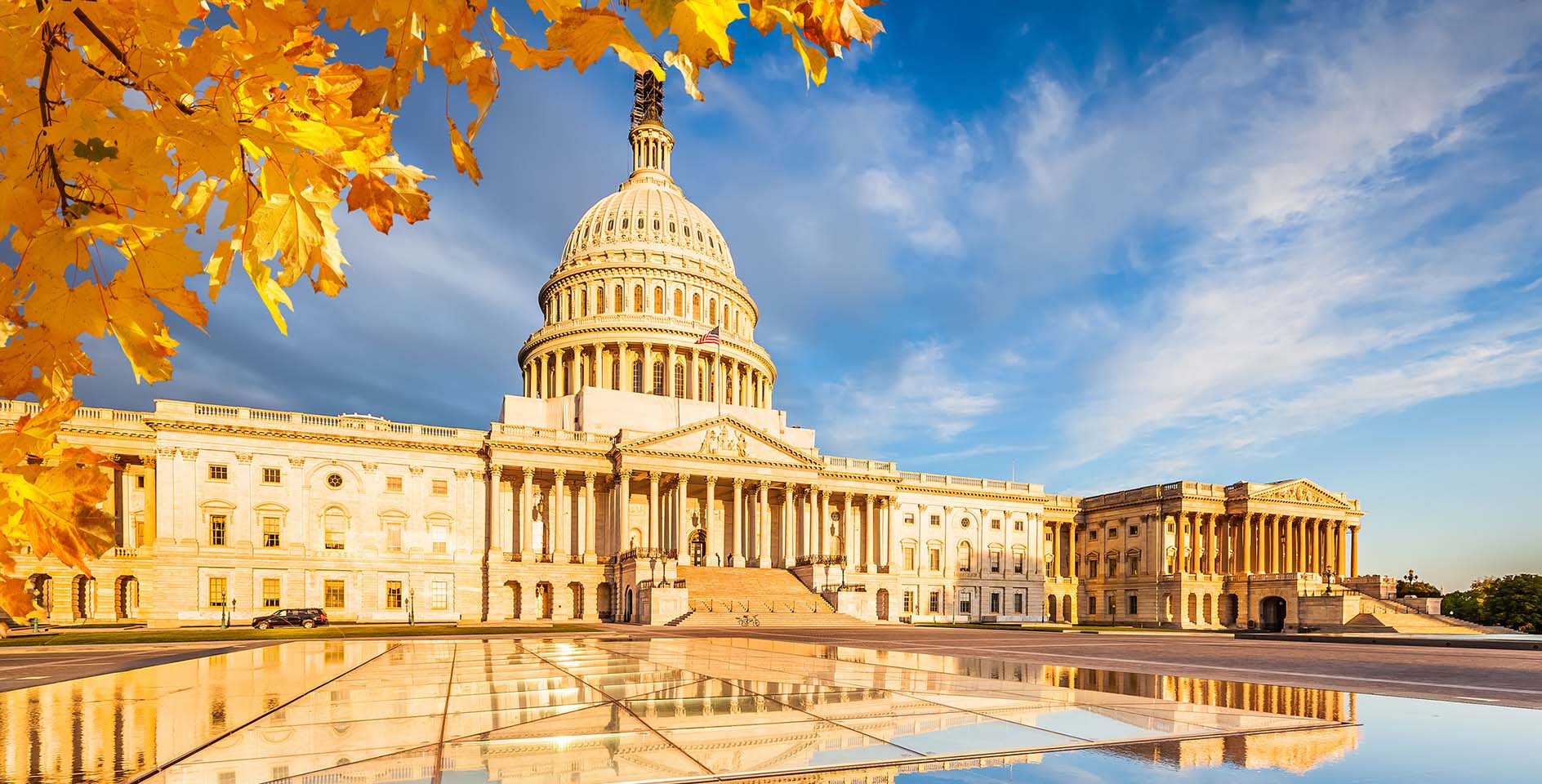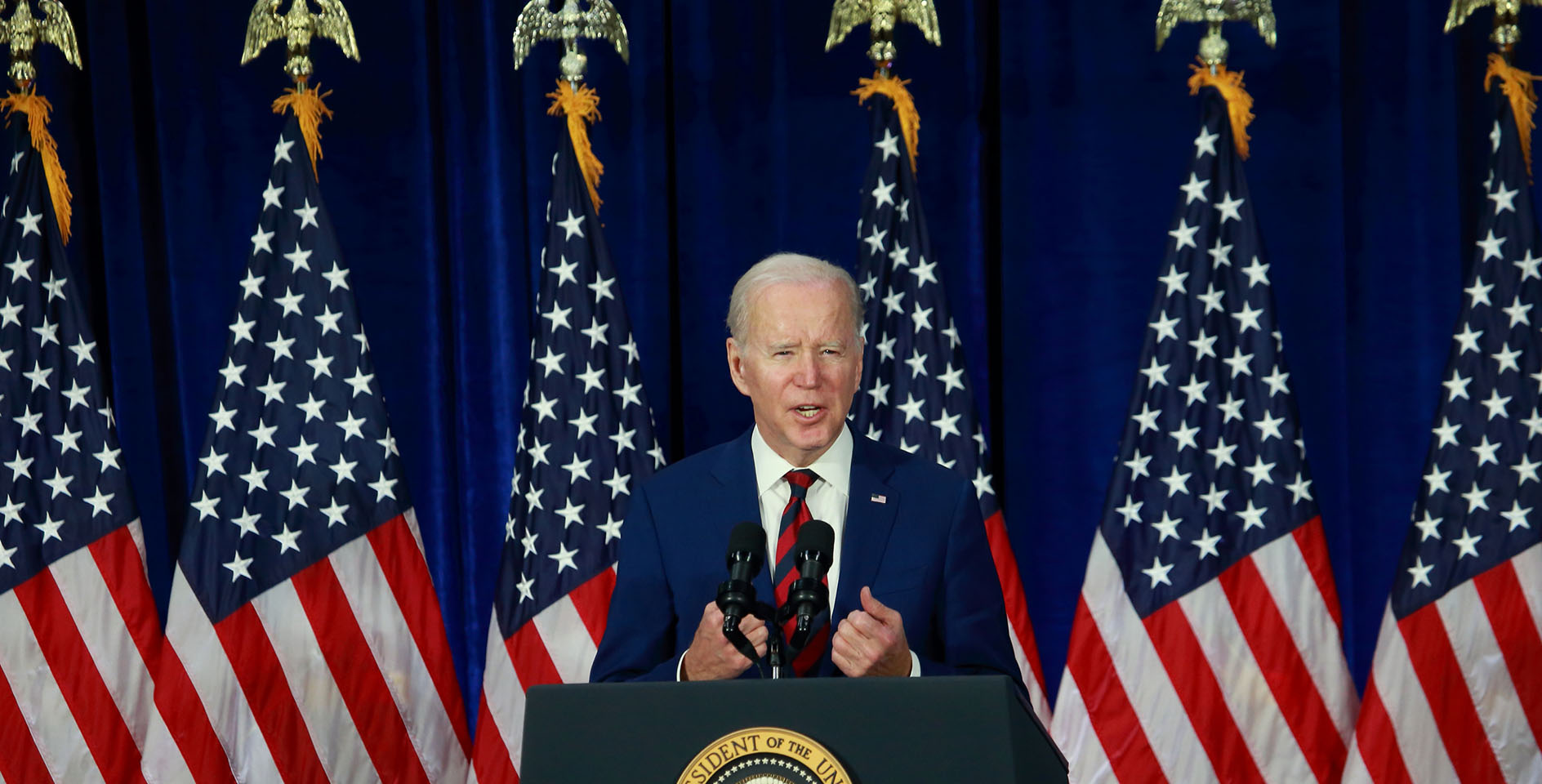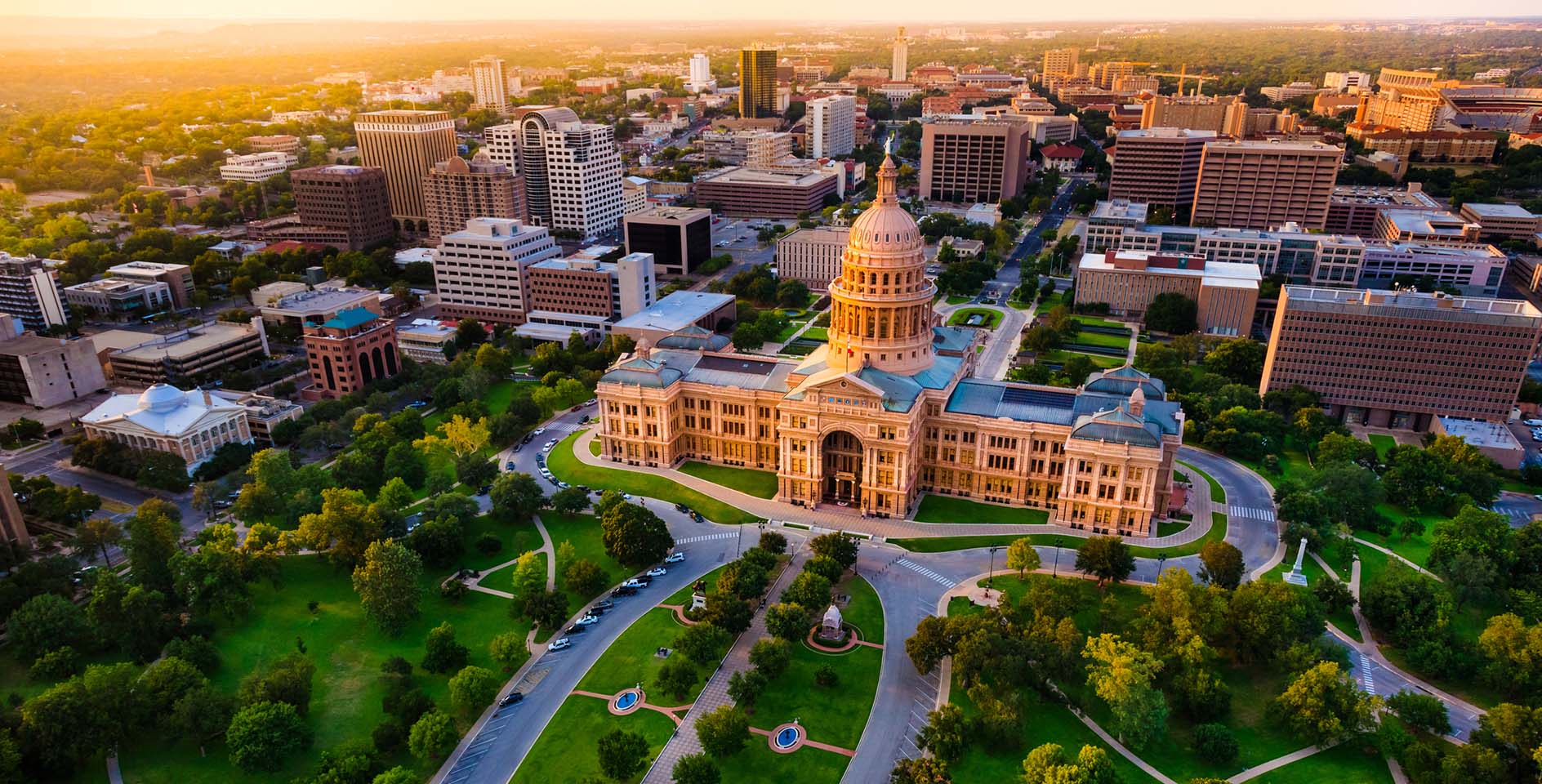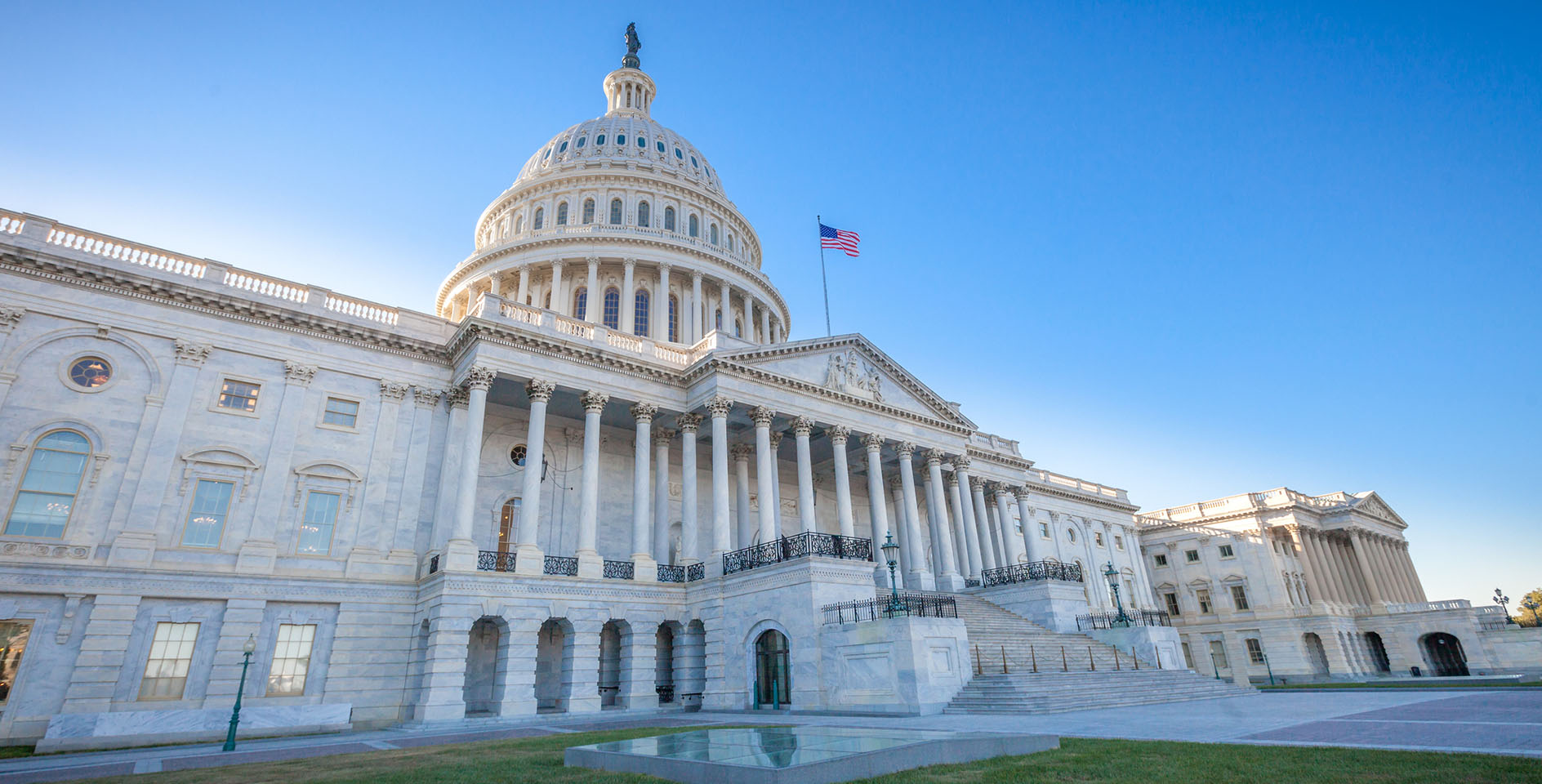This essay is adapted from a letter submitted to the Indiana Senate Judiciary Committee in support of SB 101.
On Thursday, March 26, 2015, Indiana Governor Mike Pence signed the Indiana Religious Freedom Restoration Act (RFRA) into law. In his press release, he stated: “Today I signed the Religious Freedom Restoration Act, because I support the freedom of religion for every Hoosier of every faith.” He added: “The Constitution of the United States and the Indiana Constitution both provide strong recognition of the freedom of religion but today, many people of faith feel their religious liberty is under attack by government action.”
Like the federal RFRA and the various state RFRAs, Indiana’s permits a state or local governmental entity to substantially burden a person’s exercise of religion only when the government’s action meets the strict scrutiny standard. Accordingly, the government actor may substantially burden religious exercise only if it demonstrates that the application of the burden (1) promotes a compelling governmental interest and (2) is the least restrictive means of furthering that interest. Like other RFRAs, Indiana’s defines “exercise of religion” broadly to include any exercise of religion, whether or not it is compelled by or central to a system of religious belief. Additionally, the law protects against burdens on religious exercise that result from rules of general applicability that may appear to be neutral as to religion. The effect of this legislation is that governmental entities in Indiana must provide strong justification for any burdens they place on religion.
Opposition to the Indiana legislation has been fierce, and the progressive proponents of gay rights have joined with other forces in a campaign against this legislation, the governor, and the state. Opponents of the legislation have not, however, displayed a commitment to accuracy in their communications about the legislation. Instead, they have rallied opposition based upon misunderstanding and misinformation, upon fear and myth. As a consequence, many are uninformed and misinformed about the legislation. Undoubtedly, there are some who are knowingly distorting and mischaracterizing the legislation, and there are others who are motivated by a deep-seated hostility to faiths that are both believed privately and lived publicly.
The sound and the fury should not, however, distract from the good reasons that support the decision of the Indiana General Assembly and the Indiana governor to protect religious freedom through this new law.
RFRAs Have Had Strong Bi-Partisan Support.
When the federal RFRA was enacted in 1993 in response to the United States Supreme Court’s decision in Employment Division v. Smith, 494 U.S. 872 (1990), which had determined that the First Amendment is not violated when a neutral and generally applicable law burdens a religious practice, it had virtually unanimous support in the United States Congress. The House of Representatives passed the bill on a unanimous voice vote, and the Senate by a 97-3 vote. President Bill Clinton, a Democrat, signed the bill into law. On signing the act, he remarked:
The free exercise of religion has been called the first freedom, that which originally sparked the development of the full range of the Bill of Rights. . . . [O]ne of the reasons [the Founders] worked so hard to get the first amendment into the Bill of Rights at the head of the class is that they well understood what could happen to this country, how both religion and Government could be perverted if there were not some space created and some protection provided. They knew that religion helps to give our people the character without which a democracy cannot survive. They knew that there needed to be a space of freedom between Government and people of faith that otherwise Government might usurp.
President Bill Clinton, Remarks on Signing the Religious Freedom Restoration Act of 1993(Nov. 16, 1993). Likewise, in his remarks in support of the legislation, the late Senator Edward M. Kennedy said: “Few issues are more fundamental to our country. America was founded as a land of religious freedom and a haven from religious persecution. Two centuries later, that founding principle has been endangered. Religious liberty is damaged each day the Smith decision stands.” Congressional Record (Mar. 11, 1993). He added that “the bill does not give practitioners of a particular religion the right to violate general criminal laws protecting safety”—society has “a compelling interest in protecting people and property.” Id. The federal RFRA also received support from a broad coalition of organizations with widely divergent views.
Now that Indiana has passed this legislation, 20 of the 50 states have enacted RFRAs, and another 11 states have interpreted their state constitutions to provide religious freedom protection similar to that provided in RFRAs. The states providing this protection are found throughout the United States, from east to west, and from north to south. Illinois is one of the states that enacted a RFRA, and then-state Senator Barack Obama voted in favor of the bill when it was passed. Thus it is important to note that the federal government and 60% of the states have protections for religious freedom similar to those provided by Indiana’s new law.
Hoosiers Have a Long History of Protecting Religious Freedom and Conscience.
From the Northwest Ordinance to the Indiana Constitutions of 1816 and 1851, religious liberty has been a carefully safeguarded possession of Hoosiers. The Northwest Ordinance of 1787, which governed the Indiana Territory for a period prior to statehood, referred to civil and religious liberty as “fundamental principles” that “form the basis whereon these republics, their laws and constitutions are erected.” It added that “[n]o person, demeaning himself in a peaceable and orderly manner, shall ever be molested on account of his mode of worship or religious sentiments, in the said territory.” Northwest Ordinance, art. 1. Likewise, it recognized “[r]eligion, morality, and knowledge” as “necessary to good government and the happiness of mankind.” Northwest Ordinance, art. 3.
Religious freedom mattered greatly to the framers of the Indiana Constitution of 1816. They recognized that all people “have a natural and indefeasible right to worship Almighty God, according to the dictates of their own consciences.” Ind. Const. art. I, § 3 (1816). In addition to prohibiting government in Indiana from compelling any person “to attend, erect, or support any place of Worship” or “to maintain any ministry against his consent,” they recognized that “no human authority can, in any case whatever, control or interfere with the rights of conscience.” Id. Furthermore, they prohibited government giving by law a preference to any religious societies or modes of worship and requiring religious tests “as a qualification to any office of trust or profit.” Id.
The framers of the Indiana Constitution of 1851 also sought to secure all people “in the natural right to worship Almighty God, according to the dictates of their own consciences.” Ind. Const. art. I, § 2. The constitution prohibits any law “control[ling] the free exercise and enjoyment of religious opinions,” “interfer[ing] with the rights of conscience,” or giving a preference “to any creed, religious society, or mode of worship.” Id. §§ 3 & 4. It bars government in Indiana from compelling any person “to attend, erect, or support, any place of worship, or to maintain any ministry, against his consent.” Id. § 4. Additionally, it prohibits money being “drawn from the treasury, for the benefit of any religious or theological institution.” Id. § 6. The Indiana Bill of Rights also includes provisions prohibiting religious tests for “any office of trust or profit” and the rendering of any witness incompetent as a consequence of his or her “opinions on matters of religion,” id. §§ 5 & 7, and it directs that the modes of administering oaths and affirmations be adjusted to “be such as may be most consistent with, and binding upon, the conscience of the person, to whom such oath or affirmation may be administered,” id. § 8.
The history of religious freedom and conscience protection in Indiana demonstrates that Hoosiers have held religious freedom and conscience in highest regard and have sought to ensure the protection of these rights throughout the two centuries that Indiana has been a state.
The Indiana Supreme Court Has Recognized That Religious Freedom and Conscience Protection Are Core Constitutional Rights in Indiana.
The Indiana Supreme Court has recognized that the 7 separate provisions of the 1851 Constitution that relate to religion and conscience were not intended by the framers or the ratifiers to mirror the First Amendment to the United States Constitution. City Chapel Evangelical Free Inc. v. City of South Bend ex rel. Dep’t of Redevelopment, 744 N.E.2d 443, 446 (Ind. 2001). Emphasizing the importance of the precise language of the Indiana religion provisions, the court has observed that Section 2 of the Indiana Bill of Rights directs that the people “shall be secured” in their right to worship. Id. at 447-48. The court also highlighted the following remarks of Delegate John B. Howe at the 1851 constitutional convention regarding the meaning of this language in Section 2:
It means, that, inasmuch as all men have a right to worship God according to their own creed, they shall be protected in that right. . . . The object of the provision is, that the law should recognize the right and protect it by proper legislation; that is all. It is simply tying up the hands of the Legislature so that they cannot decree otherwise.
Id. at 448 (quoting Report of the Debates and Proceedings of the Convention for the Revision of the Constitution of the State of Indiana 965 (reprint 1935) (1850)).
Sections 2 and 3 of Article I, the Indiana Supreme Court determined in City Chapel, advance essential or core constitutional values, restrain government interference with the practice of religious worship (both in private and in community with other persons), protect a person’s internal thoughts and private practices of religion and conscience, and safeguard the right to worship according to the dictates of conscience and the rights freely to exercise religious opinion and to act in accordance with personal conscience. Id.at 450. Under the framework established by the Indiana Supreme Court in its earlier case Price v. State, when core constitutional values are at stake, state and local government actors in Indiana “must tread lightly, if at all.” Id., 622 N.E.2d 954, 960 (Ind. 1993). Accordingly, under Price, government actors in Indiana may qualify or condition, but they must not alienate, such rights. In other words, they must not materially burden core constitutional values. Id. The Indiana Supreme Court then applied the Price test in City Chapel and announced that the religious freedom provisions of the Indiana Bill of Rights (Sections 2, 3, and 4) limit the police power of government actors in Indiana and prohibit them from materially burdening these core constitutional values. City Chapel, 744 N.E.2d at 450.
State and Local Government Actors in Indiana Benefit from the Clear Guidance That the Strict Scrutiny Standard Provides.
State and local government actors in Indiana have had just over two decades to familiarize themselves with the Indiana Supreme Court’s complex core constitutional value/material burden standard first articulated in Price and just less than a decade and a half with the application of the Price standard in City Chapel. By contrast, the strict scrutiny standard is a standard that is well known in American law and has a history of nearly three-quarters of a century. Government actors are especially familiar with applications of the strict scrutiny standard to government infringements of fundamental rights and suspect classifications by the government, such as in the case of race.
Because the strict scrutiny standard is a stringent standard, the actions of state and local governments that satisfy that standard would also most likely satisfy the stringent Price/City Chapel standard and the requirements of the Indiana Bill of Rights. Furthermore, the strict scrutiny standard provides a simple, straightforward, workable test that gives clear guidance to government decision-makers as they develop policy, create rules, and enforce the law.
Such clear guidance is especially important today when the regulatory reach of state and local government extends far beyond the reach of government in the middle of the nineteenth century when the current Indiana Constitution was ratified. Over the last century and a half, state and local governments have grown in size, and their power and regulatory activities now touch nearly every aspect of our daily lives. Consequently, even when government actors have no intention of adversely affecting the religious freedom of Hoosiers or of manifesting deliberate hostility to religion, the religious freedom of individuals, social institutions, and organizations can be infringed by government actions that (while well intentioned) are not carefully crafted or appropriately sensitive to the rights infringed or burdened. In the current regulatory context, the strict scrutiny standard is especially important to ensure that government actors exercise an appropriate level of care and to safeguard some of our most important rights.
All Hoosiers Benefit from the Robust Protection of Religious Freedom Indiana’s RFRA Provides.
By requiring that the people “shall be secured” in their right to worship according to the dictates of their own consciences, Article I, Section 2 of the Indiana Constitution authorized the Indiana General Assembly to pass the RFRA, which helps to secure the right by requiring government to justify under the strict scrutiny standard any burden it places on religious freedom. But beyond that, it ensures that all Hoosiers are free to believe and act (whether in private or in public) according to the dictates of their faith and their consciences. Furthermore, clarifying the standard that state and local government actors must meet before they can substantially burden religious freedom serves to safeguard other freedoms enjoyed by Hoosiers (such as the freedom of speech, the freedom of the press, and the freedom of assembly) and ensures that government actors operate within the boundaries of the law.
In the end, governments that are limited in power, that are ruled by law, and that honor the rights of individuals and social institutions will be more successful in promoting the peace, the safety, and the wellbeing of “the people” while facilitating (and even enhancing) the enjoyment of the rights government was created to secure. Price, 622 N.E.2d at 958-59. Moreover, in such a free and robust society, social structures and institutions other than civil government can flourish, contribute to the common good, and even help to check the totalizing claims of the government.
Conclusion
Religious freedom and the rights of conscience are fundamental values in American constitutional law and in Indiana constitutional law. As natural, inalienable rights, they are worthy of protection, not only by constitutional texts, but also by legislation that specifies the applicable standards and provides clear guidance to government decision-makers and actors. Indiana’s RFRA affords such critically important protection, and it is wholly consistent with the vision of religious freedom and the rights of conscience embraced by Hoosiers across Indiana’s nearly two centuries of statehood.
Indiana’s RFRA is good for the people of Indiana, and it promotes a just and free society. It is just the sort of law Indiana Constitutional Convention Delegate Howe contemplated a century and a half ago, a law that “recognize[s] the right and protect[s] it by proper legislation.”


